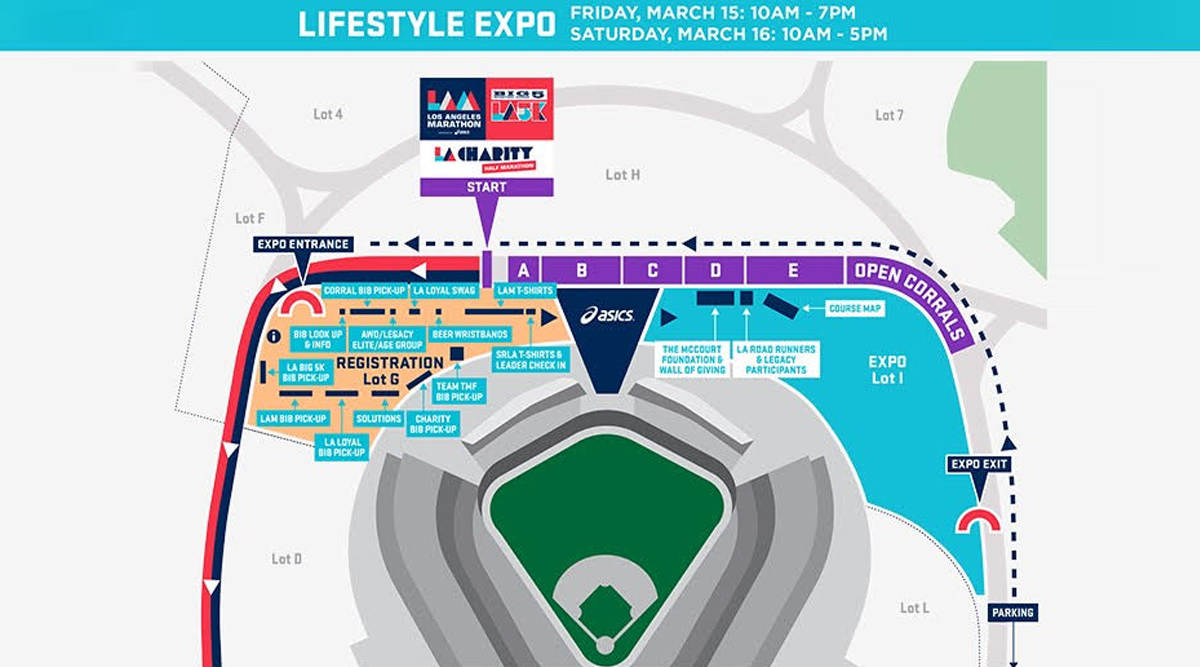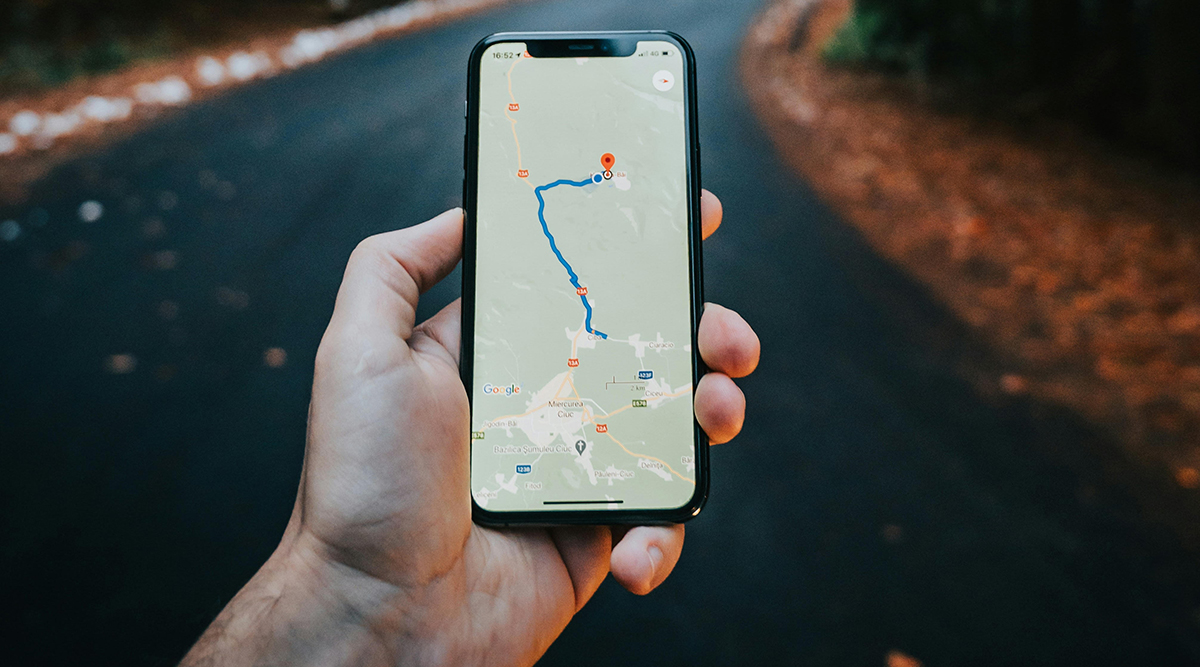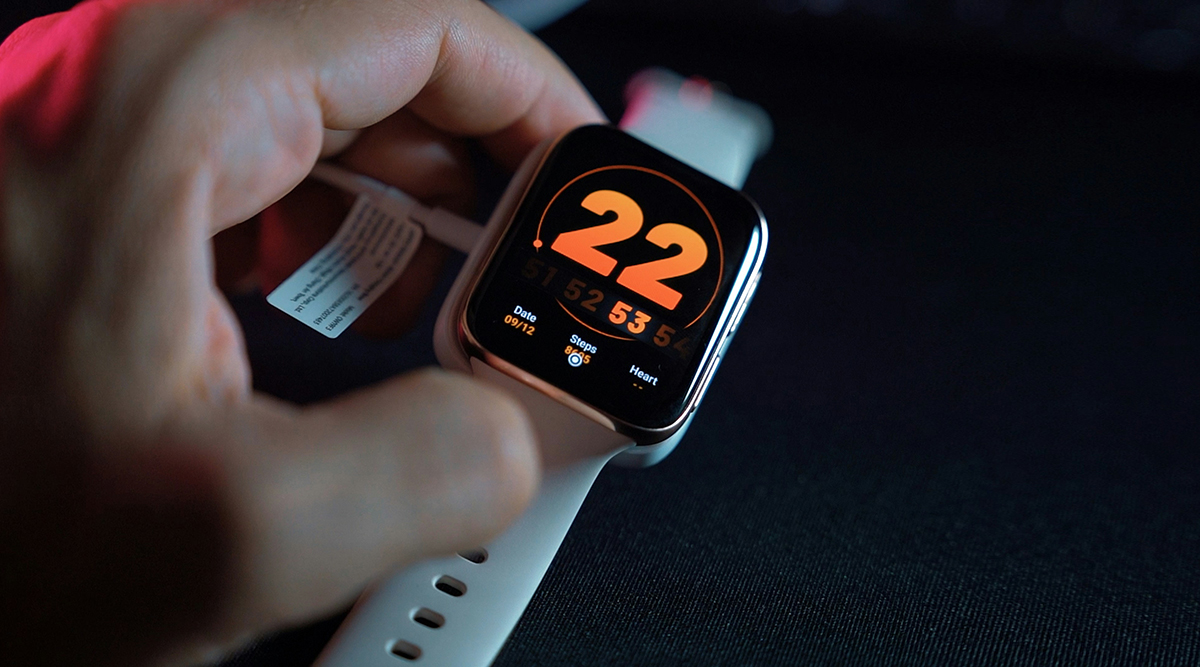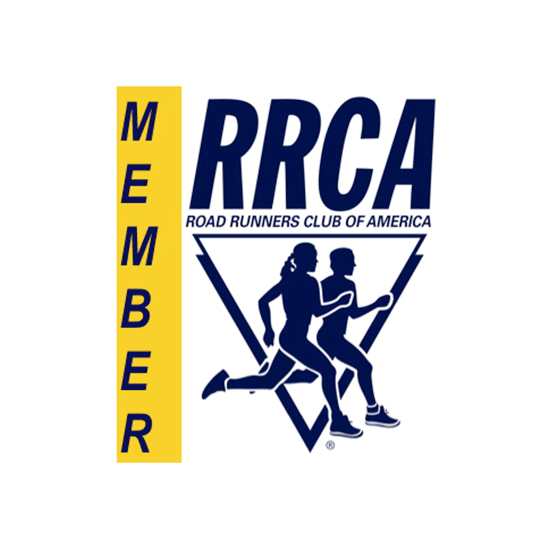Preparing for race day? We have been preparing for the LA Marathon since July, the start of our LA Legger season. Our time is drawing short, and we need to think about our last tasks leading up to race day. Let’s walk through a countdown.
It’s the beginning of March, and we are less than three weeks from the L.A. Marathon. What can we do with only three weeks left? I assume you have registered for the race and know your corral placement. You have purchased parking, selected a bus time, and figured out how and when to get to Dodger Stadium. What more?
First, ask yourself, “What are my goals for this Marathon?” You may plan to set a personal record or meet the qualifying times for other races. For those who have these goals, this is a good time to ask yourself, how has my training matched my training goals? Am I uninjured? And, if you are prepared and uninjured, go for it.
Unfortunately, the L.A. Marathon does not allow us to postpone or transfer our entry. If you are not as well prepared as you would like, be honest. You can run to finish. And if you are injured, be realistic about your injuries. For very light injuries, perhaps you can start and run part of the race. You can plan to run to an L.A. Legger Support Station and call for a ride back to your car. And you can volunteer at one of three L.A. Legger Support Stations.
Soon, we will be two weeks from the marathon. Here, we taper our training intensity. Do not race now. At this point, you gain nothing more from training hard. Instead, progressively lighten your training in line with our mid-week training schedule. Allow yourself to recover and allow your energy to build to a peak on race day.
This is a good time to check the weather forecast. Start preparing your race clothing. It can rain at the marathon or, instead, be blazing hot. Be prepared. You might need salt tabs for the heat, or a plastic rain poncho for rain. And more often, it can be cold and windy while you wait at the starting line. Pick some old clothes from your closet, or buy some at Goodwill Industries, and wear them to the race over your running clothes. Strip them off before the race starts and throw them over the fence of your race coral. Castoff clothes are collected for charity.
The L.A. Marathon Expo opens on the Friday and Saturday preceding the race. You need to visit the LA Marathon Expo to pick up your race bib, safety pins, your L.A. Marathon t-shirt, and your goody bag. There are lots of samples given away and merchandise for sale. You may find something you need for your race, but don’t try too many snacks. The race is not a time to experiment. If you can make it, Friday is a good time to go.
On Friday, go through your equipment check list, because you will have time to find missing items on Saturday. Your checklist could include the following: shoes, socks, shirt, shorts, old clothes, rain jacket, hat, bandana, sunglasses, race watch, smart phone, water bottle, bandages, Vaseline, sunscreen, electrolytes, hydration, carbohydrates, identification, cash, credit card, bib, safety pins, parking voucher, gas in the car, final race instructions, and three 1-gallon sized Ziplock bags.
Three 1-gallon Ziplock bags? Yes, because, you do not need to carry everything with you during the race. On the Ziplock bags, using a permanent marker, write your name, pace group, and the station numbers, 1, 2, or 3. In the Ziplock bags, place whatever fits in a one-gallon Ziplock, whether your favorite food, hydration beverage, body lubricant, sunscreen, or clean socks. You can pick these bags up during the race, one at each of our three L.A. Legger Support Stations, which will be located: (1) on Sunset Boulevard near mile seven by the 99-Cent Store, (2) on Burton Way near mile sixteen, and (3) on San Vincente past Barrington across from Whole Foods, near mile twenty-three.
Remember, at the Support Stations during the race, you can leave items behind, anything you don’t need to carry further including extra clothing. But do not leave anything valuable. We cannot be responsible for your property. You need to mark these items clearly, or fit them into your Ziplock bag, so we can identify them. Everything left in the bins will be returned at 1450 Ocean the following Saturday, March 23rd, and you need to pick them up. We throw away all unclaimed perishables and we donate unclaimed clothing to charity.
And the last thing you need to do on Friday? Go to bed early and get a good sleep. The following night will be short.
On Saturday morning, we will meet in the Santa Monica Place Mall, at the Plaza in the center on Level 1. Bring your three Ziplock bags to the Plaza and place them in the bins marked for each station. We will walk from the Plaza to 1450 Ocean. Just as in July when we ran our first timed mile, we will all run one mile to California Street and back. See how far we have come? Last, we will return to the Plaza to hear this season’s inspirational speaker, Jeanette Bolden, 1984 Olympic Gold Medalist and former UCLA Coach, who will get us fired up for our Marathon.
After the Legger meeting on Saturday morning, if you did not go on Friday, you still have time to go to the Marathon Expo. When you get home, pin your bib to your L.A. Legger t-shirt or singlet with those four safety pins.
In the past, we have given out blank Legger back-bibs to pin on the opposite side from your race bib. We suggest that members write their first name and pace group number on the back bib. On mine, I naively wrote, “John 15.” And, if your name also appears in the Bible, you should read that chapter before the race too.
Now, it is Saturday afternoon. Lay out all your remaining gear for Sunday morning. Place what you’ll wear in the room where you dress, and place everything else in a bag or in your car. Read through your final race instructions. Review the timing for your travel to the race. If you are very serious, review the pacing timetable for your race plan. If you intend to eat breakfast, perhaps you can prepare it in advance. Set your alarm and relax. When that alarm goes off, you only need to put on your clothes, eat your breakfast, pick up your bag, and leave for the race.
We want to see you in your L.A. Legger shirt. As you approach each support station at the race, our members are looking for anyone wearing a Legger shirt. We will have your Ziplock bags sorted by pace and name, and we expect to see you. And, lastly, every race day is an adventure. Whatever happens, you are going to be okay.





